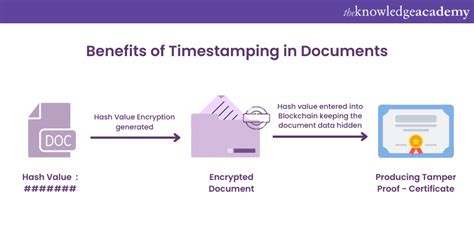The Limitation of Timestamps in Ethereum: Why They Can’t Replace Blockchain
Ethereum’s underlying technology has been hailed as one of the most innovative and promising blockchain platforms ever conceived. The proof-of-work consensus algorithm, which requires miners to solve complex mathematical puzzles to validate transactions and create new blocks, is a major factor behind its widespread adoption. However, despite the success of Ethereum, there are concerns that timestamps alone can never fully replace blockchain.
The Problem with Timestamps
Timestamps, also known as timestamps or timestamps in plain English, refer to the unique digital signatures assigned to each transaction on the Ethereum network. These signatures verify that a transaction has not been tampered with or altered since its creation, providing an immutable record of all transactions made on the blockchain.
While timestamps serve as an essential part of ensuring the integrity and authenticity of Ethereum’s blockchain, they have limitations. For instance:
- Timestamps are volatile: The time it takes to generate a new block can be quite large, resulting in delays between blocks being added to the network.
- Timestamps cannot verify transactions independently: A single timestamp does not guarantee that all transactions within a particular block were executed correctly.
- Timestamps lack transparency: Timestamps do not provide any information about the origin, validity, or integrity of individual transactions.
Why Timestamps Can’t Replace Blockchain
While timestamps are essential for ensuring the trustworthiness and security of Ethereum’s blockchain, they are fundamentally incompatible with decentralized systems like blockchain. The underlying architecture of a blockchain relies on the use of cryptographic techniques to create an immutable record, which is inherently difficult to replicate with timestamps.
- Decentralization: A blockchain is a decentralized system that operates independently, making it impossible for a single timestamp or authority to control all transactions and verify their validity.
- Cryptographic security: The complexity of the proof-of-work algorithm relies on cryptographic techniques like hash functions and digital signatures, which are difficult to replicate with timestamps. These advanced computational processes make it impractical to use timestamps as a substitute for blockchain.
The Future of Blockchain: Timestamps or Proof-of-Stake?
As Ethereum continues to evolve and expand its capabilities, the question remains whether timestamps will remain an essential part of the network’s architecture. While it is possible to implement alternative timestamp-based solutions, they would likely require significant modifications to the existing proof-of-work consensus algorithm.
- Proof-of-stake: This approach involves validators contributing a portion of their digital assets to the network in exchange for a stake. While proof-of-stake has gained popularity in some blockchain ecosystems, it may not be sufficient as a standalone solution.
- Hybrid solutions: Combining multiple timestamp-based solutions or introducing new cryptographic techniques could potentially create a hybrid system that balances the needs of both timestamp-centric and proof-of-work architectures.
Conclusion

While timestamps are an essential part of Ethereum’s blockchain architecture, they cannot replace it entirely. The inherent limitations of using timestamps alone to verify transactions and ensure network security make them incompatible with decentralized systems like blockchain. As we continue to explore alternative solutions and advancements in cryptocurrency technology, the future of Ethereum and other blockchain platforms will likely be shaped by a nuanced understanding of both their strengths and weaknesses.
